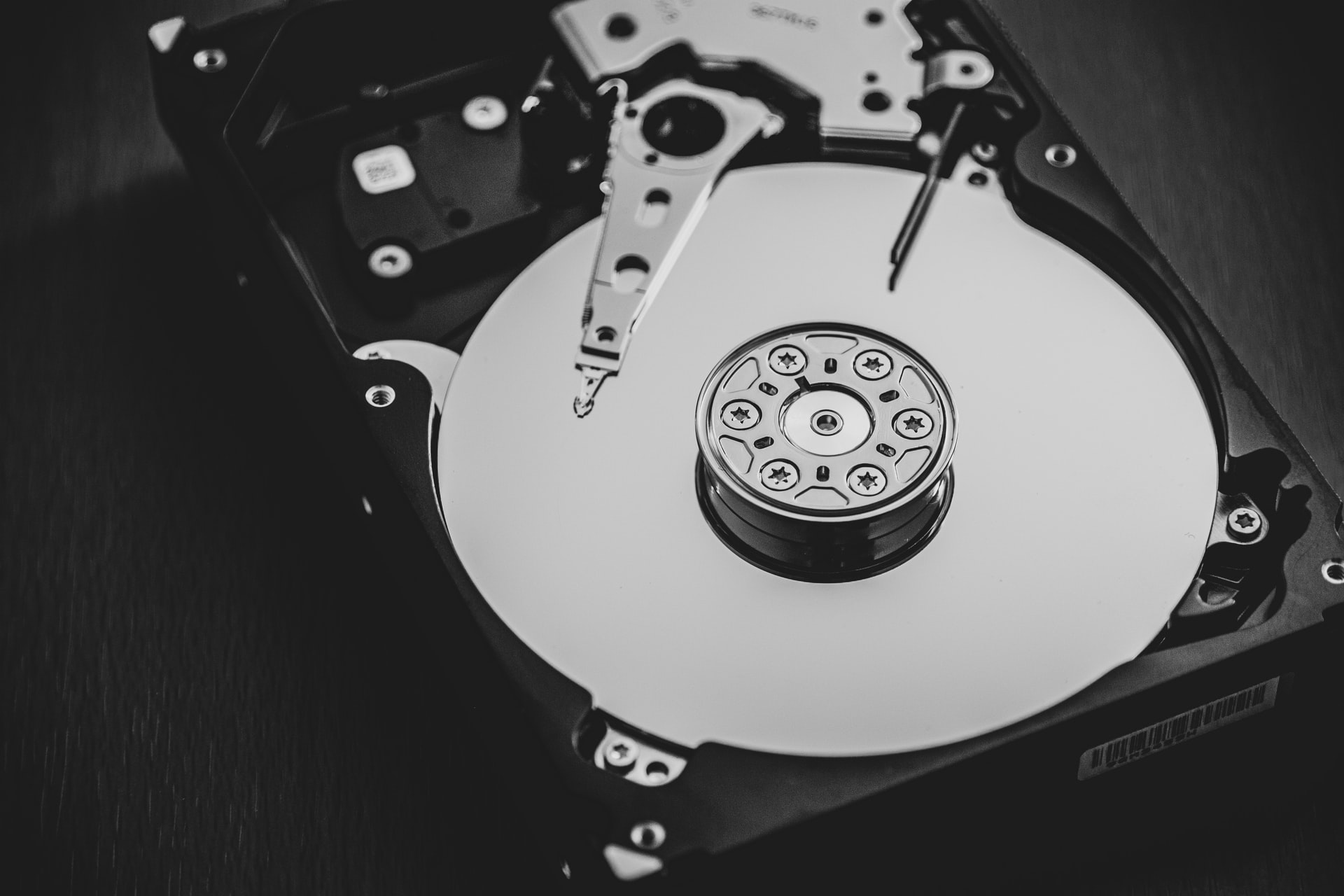People most often consider a backup of their data when it is too late. I am sure you have heard of many horror stories of people losing all their data. The best insurance policy you can have for your business is to have a copy of your files that will enable you to continue your operation in the situation of some disaster. This guide will look at what you should back up and how to do it.
In information technology, a backup or data backup is a copy of computer data taken and stored elsewhere so that it may be used to restore the original after a data loss event.
Source Wikipedia
WHY do you need to backup your data?
Disaster can strike at any time and can come in many forms. You could lose your data from:
- Theft
- Fire
- Equipment failure, for example, hard drive failure
- Data corruption
- Malware or ransomware (see the guide on internet security)
- Data is accidentally deleted
In theory, if you have a copy, especially at an offsite location, you can then use this to get yourself back to before the disaster.
WHAT do I need to consider in backing up my files?
Backups are periodic, short term images of files for disaster recovery purposes. Archiving, meanwhile, refers to the long-term storage of data that is no longer in regular use but can be restored if need be.
Three rules of backing up:
- Backup regularly
- Backup to a reliable medium
- Backup to an offsite location
Just as important as backing up your data is the ability to restore your data. If you cannot restore, then the backup is useless. Understand how to restore and keep a copy of, or know the download location of the software that will restore.
Label your backups, so you know which is the latest.
What data should you backup?
Everything! Any file that you have created or modified should be backed up. For a small business, this will include everything from accounting files to emails. If you are using cloud-based applications, ensure that the vendor has appropriate backup procedures and save a copy of your cloud data locally so if their systems fail, you can still restore it.
HOW do I back up my data?
To back up our files, we need to decide on a medium, select a schedule and develop a process to complete the backup.
Media Options include:
- USB (thumb) drives – a low-cost physical device that must be moved offsite.
- External Hard drives – a larger capacity physical device that must be moved offsite.
- Shared or NAS storage (see our guide on shared storage) – onsite network attached storage for local copies across multiple devices. (Easy way to implement a backup policy)
- Cloud Storage – subscription-based storage with its own backup and security. Requires internet.
The best practice for a small business would be to backup all the files you are using. Make a copy to keep at your office and an additional copy at an offsite location.
Set a schedule of how often this should be done. The rule of thumb is how many days of work you can afford to lose. As a general rule, either daily or weekly.
Finally, what is the process to actually do the backup?
- Manual task – A person has the task of manually doing the backups based on a prescribed agenda.
- Very labour intensive
- Application-based – automatic routine as set up in an individual OS or application. For example, Windows 10 can be set up to automatically back up all data off your PC
- Only good for individual PCs or applications
- Specialised backup software –
- Costs more but may automate the entire process
- Combination – Hybrid of the above 3.
We strongly recommend that you discuss this with your IT Support organisation as they will have the right knowledge to suggest and set up the right solution for you.
HINTS
Sync is not backup. With sync services such as cloud-based Dropbox, Box, Google Drive, OneDrive, or others, if you accidentally delete a file on one device, it’s gone on all of your devices as soon as the next sync happens.
Getting this solution right will take a bit of homework, but in the event of failure will save you big time.
When moving your confidential files, always ensure they are secure.
Consider having some backup log to understand what you have from when.
A full backup will back up everything. An incremental backup will only backup those files that have changed since the last full backup. Incremental backups will be much faster.
SUMMARY – Secure data backup
Data backup of all your files means that you can restore and keep working in the event of a disaster. Back up solutions can be low cost and high maintenance through to high cost and automated. Backups should be done reliably, securely, regularly, and kept at a different location.

Pingback: Why backing up data is crucial for businesses > Small Business Answers
Pingback: Synology On-Site Replacement by Computergate > Small Business Answers
Pingback: Backup strategy to ensure business continuity > Small Business Answers
Pingback: Synology C2 Backup, Windows cloud backup > Small Business Answers